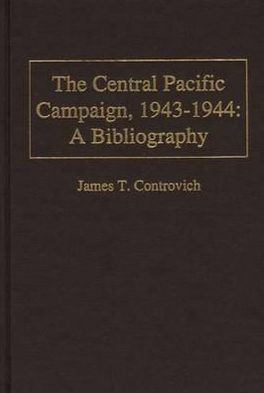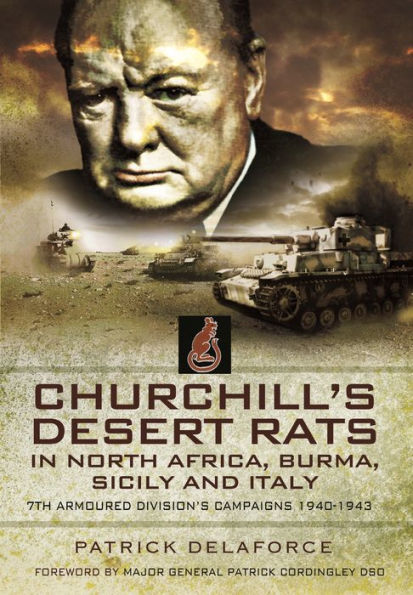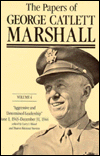Home
Nations The Balance: India-Burma Campaigns, December 1943-August 1944
Barnes and Noble
Nations The Balance: India-Burma Campaigns, December 1943-August 1944
Current price: $34.95


Barnes and Noble
Nations The Balance: India-Burma Campaigns, December 1943-August 1944
Current price: $34.95
Size: Hardcover
Loading Inventory...
*Product information may vary - to confirm product availability, pricing, shipping and return information please contact Barnes and Noble
"...a highly readable and engrossing text, richly adorned with strategic nuances, operational art, tactical accounts of vicious jungle battles, and some of the most fascinating leaders of World War II or any era." – Army History Magazine
From December 1943 to August 1944, Allied and Japanese forces fought the decisive battles of World War II in Southeast Asia. Fighting centered around North Burma, Imphal, Kohima and the Arakan, involving troops from all over the world along a battlefront the combined size of Pennsylvania and Ohio. The campaigns brought nations into collision for the highest stakes: British and Indian troops fighting for Empire, the Indo-Japanese forces seeking a prestige victory with an invasion of India and the Americans and Chinese focused on helping China and reopening the Burma Road. Events turned on the decisions of the principal commanders—Admiral Louis Mountbatten and Generals Joseph Stilwell, William Slim, Orde Wingate, Mutaguchi Renya, among many others. The impact of the fighting was felt in London, Tokyo and Washington, among other places far away from the battlefront, with effects that presaged postwar political relationships. This was also the first U.S. involvement in Southeast Asia, and Stilwell's operations in some ways foreshadowed battles in Vietnam two decades later.
The Burma and India battles of 1944 offer dramatic and compelling stories of people fighting in difficult conditions against high odds, with far-reaching results. They also proved important to the postwar future of the participant nations and Asia as a whole, with effects that still reverberate decades after the war.
From December 1943 to August 1944, Allied and Japanese forces fought the decisive battles of World War II in Southeast Asia. Fighting centered around North Burma, Imphal, Kohima and the Arakan, involving troops from all over the world along a battlefront the combined size of Pennsylvania and Ohio. The campaigns brought nations into collision for the highest stakes: British and Indian troops fighting for Empire, the Indo-Japanese forces seeking a prestige victory with an invasion of India and the Americans and Chinese focused on helping China and reopening the Burma Road. Events turned on the decisions of the principal commanders—Admiral Louis Mountbatten and Generals Joseph Stilwell, William Slim, Orde Wingate, Mutaguchi Renya, among many others. The impact of the fighting was felt in London, Tokyo and Washington, among other places far away from the battlefront, with effects that presaged postwar political relationships. This was also the first U.S. involvement in Southeast Asia, and Stilwell's operations in some ways foreshadowed battles in Vietnam two decades later.
The Burma and India battles of 1944 offer dramatic and compelling stories of people fighting in difficult conditions against high odds, with far-reaching results. They also proved important to the postwar future of the participant nations and Asia as a whole, with effects that still reverberate decades after the war.











